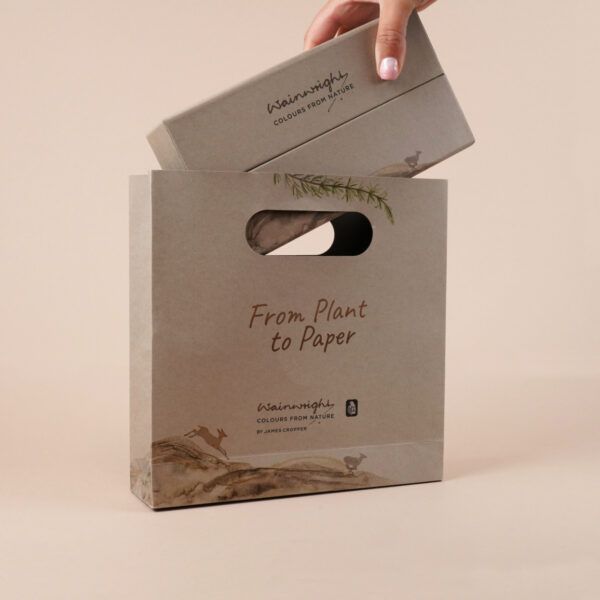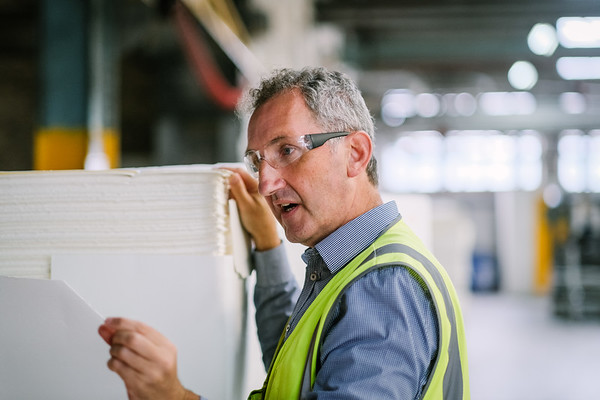
Boxing Clever

Key trends in retail packaging reflect the times which we are living in; becoming an expression of what the world has experienced in recent years and the issues which are in the forefront of the consumer mindset. Some of the trends include:
Sustainable Packaging
Brands in every sector are looking at ways to respond to increasingly environmentally conscious consumers and that means better packaging choices. Incorporating circular design into packaging is key. This means not only choosing alternatives to non-biodegradable materials such as plastics and rubber but also incorporating recycled materials and ensuring the packaging can then be recycled after use.
Socially significant messages are also a key part of this. Communicating with messaging such as “I used to be a coffee cup” or “plastic free” can really impact on customer loyalty.
E-commerce Packaging
The pandemic has accelerated the wider adoption of online shopping with more businesses of all sizes including online channels as part of their operations. With consumers having less contact with brands in person, the packaging plays a crucial role in the e-commerce journey - conveying brand identity and customer experience.
Retro Design
Retro designs are having a moment. Whether it’s drawing on packaging designs of yesteryear or re-issuing original designs in full – retro design in packaging gives that feeling of nostalgia. It’s easy to understand how the social impact of the pandemic, world focus on climate change and politics has created this yearning for happier times.
Having established international brand recognition of the Mulberry Green, the retailer wanted to take it to the next level and so every sheet of Mulberry Green paper which is used for their packaging now includes 20% CupCycling™ fibre from coffee cups and a further 30% from other post-consumer waste.
Our unique CupCycling™ by James Cropper story is featured on all of this packaging, letting consumers know that the same care which is taken in the production of the luxury product they have purchased, is also taken in the creation of its packaging.

Recent innovations which are supporting customers on their sustainability journey include CupCycling, the world’s first recycling process dedicated to upcycling take-away coffee cups. CupCycling is a technology that extracts the plastic lining which previously made cups impossible to be recycled and transforms the remaining paper fibre into luxurious papers for packaging – be that bags, folding or rigid boxes.
CupCycling fibre can be used as an inclusion in our thermoformed, moulded fibre packaging solution, which offers a premium alternative to plastic packaging and is completely bespoke.
Since launching CupCycling five years ago, our appetite for taking value from waste streams has grown and in 2020, we launched a new collection of papers for premium packaging. The Rydal Packaging Collection offers options which are 100% post-consumer waste recycled, 40% post-consumer waste recycled and 100% fresh fibre from responsible forestry sources.
We can expect to see connected packaging where physical packaging interlocks with smart devices. While physical packaging has various benefits such as design features that protect the product, shelf-appeal and a way to reinforce the brand experience, using smart features will allow the consumer another level of engagement with the brand. For example, the packaging could connect people to product information and brand storytelling through a mobile device or computer.
Likewise, as discussions about the environmental impact we make as a society come more and more into question, consumers are ever more environmentally conscious, requiring new packaging innovations. Industry must continue to advance and drive sustainable packaging innovations that increase the use of recyclable and compostable materials. Equally important is encouraging greater investment in reprocessing technologies that can forever change how packaging is designed, made and re-used.
Businesses of all sizes can put circular economy principles to work. They can start by rethinking the design and development of products and packaging so they can be recycled or repurposed easily and affordably.
Explore our Packaging Papers
Related









